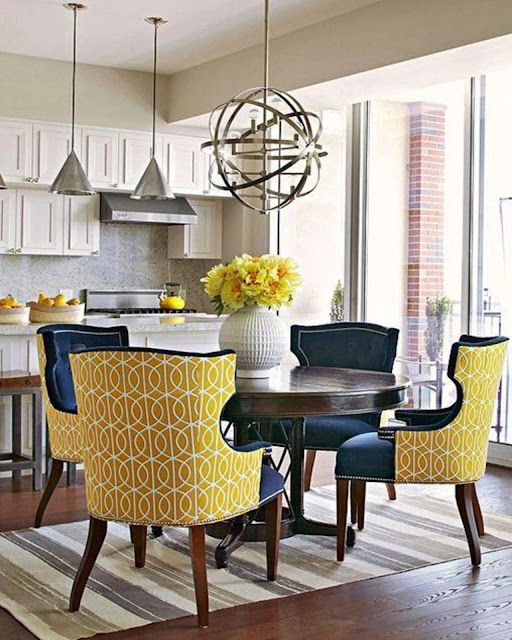Enhancing Healing Environments: The Role of Interior Design in Hospitals
When one thinks of hospitals, the first thoughts that come to mind are often medical expertise, cutting-edge technology, and compassionate care. However, the significance of interior design in healthcare settings is often underestimated. In reality, thoughtful interior design plays a crucial role in creating environments conducive to healing and well-being. In this blog, we delve into the importance of interior design services for hospitals and how they contribute to the overall patient experience and staff satisfaction.
Creating Comfortable and Welcoming Spaces: Hospitals can be intimidating and stressful environments for patients and their families. However, through thoughtful interior design, these spaces can be transformed into comforting and welcoming environments. Soft lighting, soothing color palettes, and comfortable furnishings can help alleviate anxiety and promote relaxation. Waiting areas can be designed to feel more like cozy lounges rather than sterile waiting rooms, making the experience more pleasant for visitors.
Promoting Healing and Well-being: The design of patient rooms and treatment areas can have a significant impact on the healing process. Natural light, access to outdoor views, and elements of nature incorporated into the design can promote a sense of well-being and aid in the recovery process. Additionally, incorporating artwork and decorative elements can help create a more positive and uplifting atmosphere, distracting patients from their ailments and providing a sense of comfort.
Efficiency and Functionality: In addition to creating aesthetically pleasing environments, interior design in hospitals must also prioritize efficiency and functionality. Layouts should be carefully planned to optimize workflow and minimize the distance staff need to travel between patient rooms and other areas. Furthermore, the selection of materials and finishes should prioritize durability, cleanliness, and infection control, ensuring a safe and hygienic environment for patients and staff.
Supporting Staff Well-being: It’s not just patients who benefit from well-designed hospital spaces; staff members also reap the rewards. Designing staff areas such as break rooms, lounges, and administrative offices with comfort and functionality in mind can help boost morale and improve job satisfaction. Providing spaces where staff can relax and recharge during breaks can contribute to overall well-being and productivity.
Incorporating Technology: In today’s digital age, technology plays a crucial role in healthcare delivery. Interior design must seamlessly integrate technology into the built environment, ensuring that it enhances rather than detracts from the patient experience. This includes considerations such as providing easy access to power outlets for charging devices, incorporating telemedicine capabilities, and integrating digital signage for wayfinding and communication.
Conclusion: Interior design services play a vital role in creating healing environments within hospitals. By prioritizing comfort, well-being, efficiency, and technology, designers can enhance the overall patient experience, support staff satisfaction, and ultimately contribute to better health outcomes. As hospitals continue to evolve, the importance of thoughtful interior design will only continue to grow, shaping environments that promote healing and wellness for all who enter their doors.
For. more — https://angiehomes.co/pages/hospitality

Comments
Post a Comment